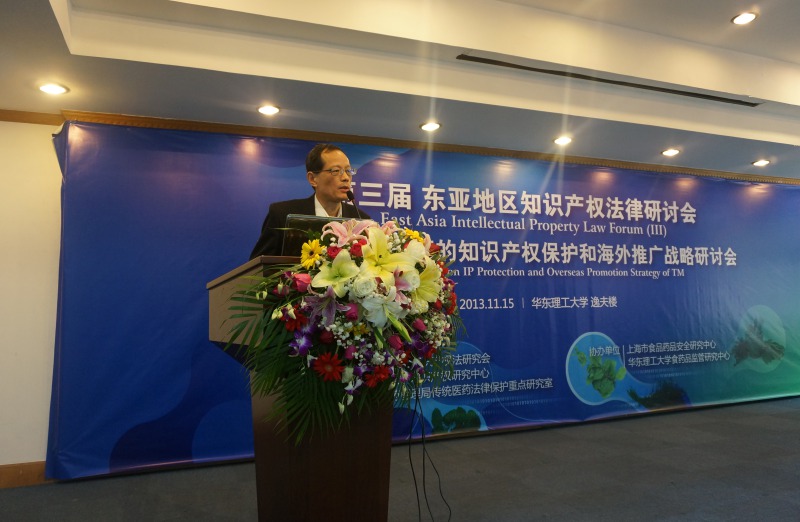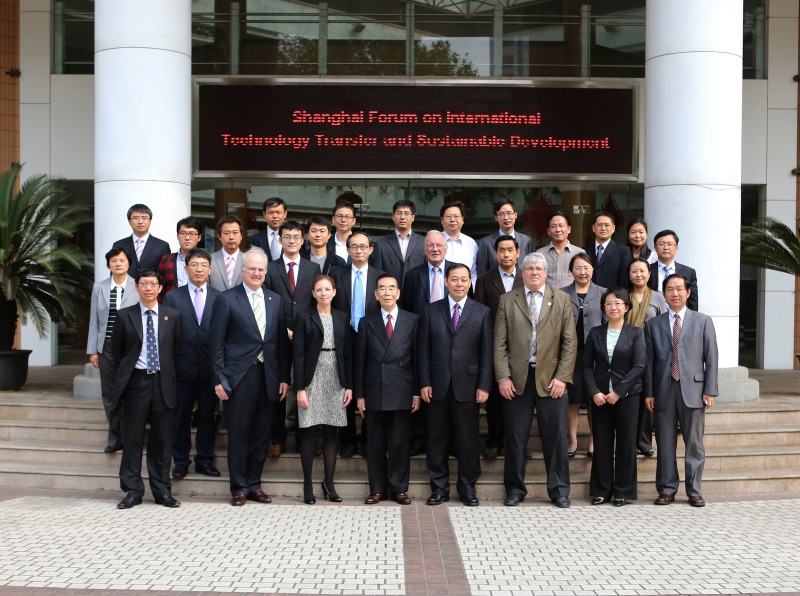Progress in Safety Assessment of Genetically Modified Foods
Song Huan;WangKunli;Xu Wentao;He Xiaoyun;Luo Yunbo;Huang Kunlun
Food Science2014,35(15)
Since the large-scalecommercialized production of genetically modified (GM) crops started in 1996,it has brought great socioeconomic benefits to human beings. Yet transgenictechnology may give rise to certain risks, so it is urgent and important tostrengthen the safety assessment and standard management of GM foods. In thispaper, the safety evaluation contents of GM foods are summarized, includingnutrition, toxicity, allergenicity, etc. What’s more, the key issue oftransgenic food safety evaluation, including different animal studies conductedto evaluate the safety of GM foods, food safety assessment of new types oftransgenic plants and safety standardization of GM foods, are discussed fromdifferent perspectives. The target of this paper is to enable the readers tohave a more comprehensive understanding of food safety of GM foods.
This thesis can be divided intoseven parts:
1, The first part introduces thedevelopment tendency of GM foods. It points out that the GM crops which coulddirectly be benefit to consumers or greatly improve the efficiency of resourceusing would be the future direction of the GM crops development.
2, The second part introduces thefood safety assessment on GM foods. It mainly includes the nutritionalevaluation, toxicological evaluation, allergenicity evaluation, unintendedeffects and safety assessment of the mark gene.
3, The third part introduces theresearch progress of using animal experiment to evaluate the safety of GM food.In order to achieve a more objective result, it should choose the appropriateanimal models and do repeated experiments.
4, The forth part introduces thesafety evaluation of new GM crops. The combined traits of transgenic strategieswhich expand the function of GM crops and improved the efficiency of resourceusing would have good prospects. So it should be paid more attention.
5, The fifth part introduces thefood safety assessment on transgenic rice. The commercialization of transgenicrice would alleviate the plight of poverty, hunger and malnutrition. One of themost important reasons that the GM rice has not been approved for commercialproduction was the safety concern.
6, The sixth part introduces thefood safety standardization of GM foods. After many years construction anddevelopment, China’s agricultural genetically modified organism safetystandards system had taken shape in the embryonic form of the relevanttechnical standards and achieved certain results, such as Measures forAdministration of the Safe Evaluation of Agricultural Transgenic Living Things,Measures for the Administration of the Safe Import of Agricultural TransgenicLiving Things, Regulations on Administration of Agricultural GeneticallyModified Organisms Safety and other rules and regulations.
7, The final part is the conclusion.The author appealed that our country should establish the management law of GMfoods which was suitable for our national conditions, promoting the scientificresearcheson food safety, guaranteeing the quality of GM crops and promotingthe healthy development of gene technology.
next:Commercialization of Transgenic Rice in China: Potential Environmental Biosafety Issues


